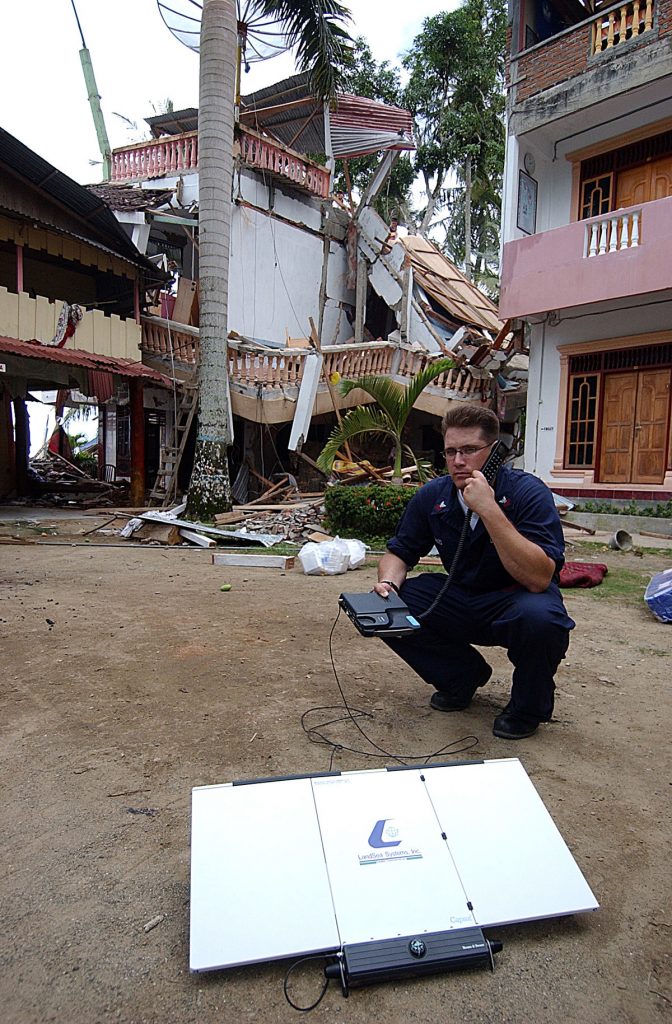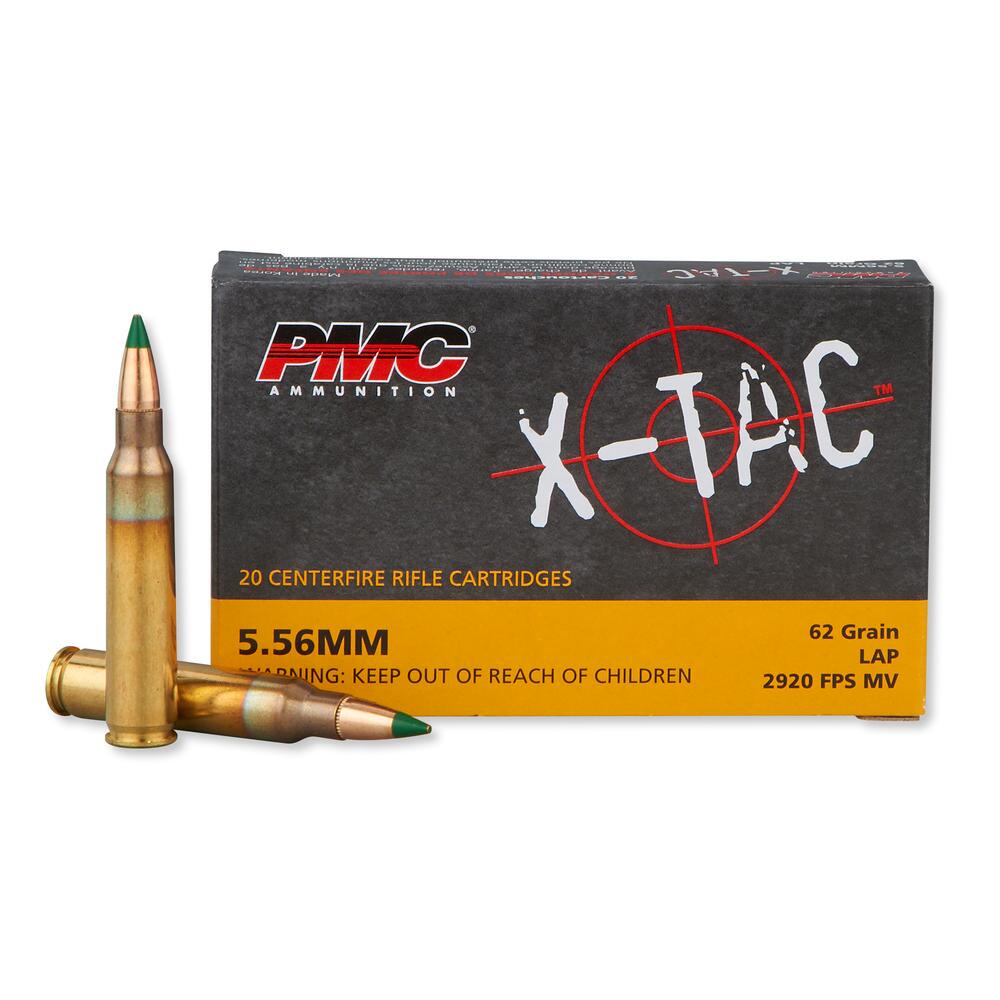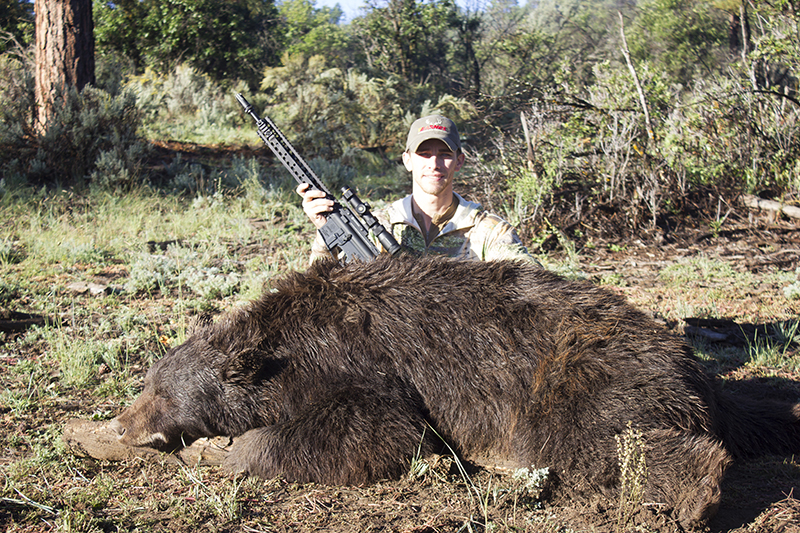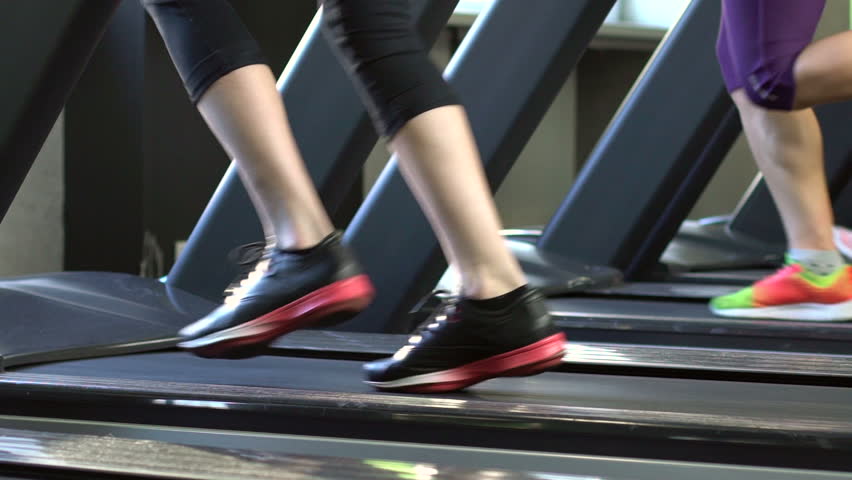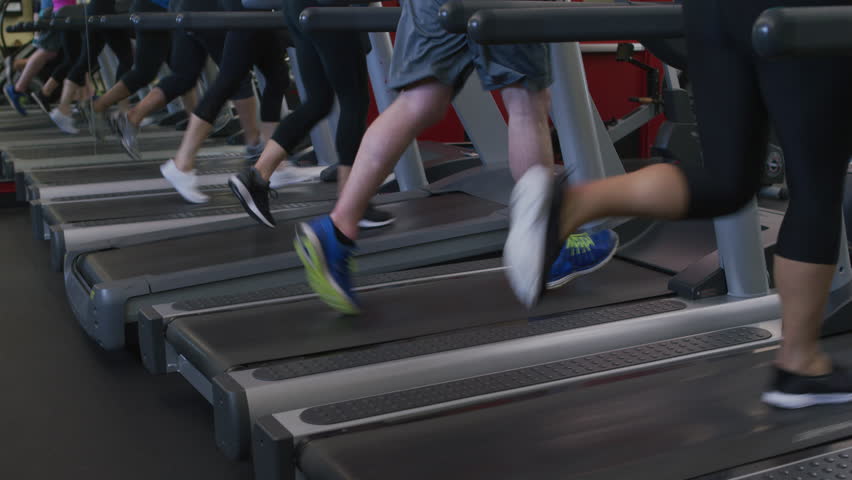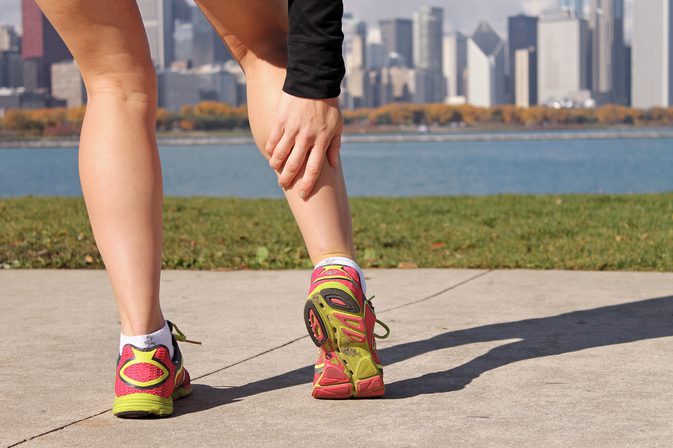Written by Guest Contributor on The Prepper Journal.
Editors Note: A guest contribution from Brandon to The Prepper Journal. With the unending assault on the 200 million privately owned firearms in the United States and the revisionists view of our 2A rights being crucified in the media, I thought this timely as well as informative. The information below assumes a properly sighted in weapon as the base platform. As always, if you have information for Preppers that you would like to share and be entered into the Prepper Writing Contest with a chance to win one of three Amazon Gift Cards with the top prize being a $300 card to purchase your own prepping supplies, then enter today!
Choosing the best optic for hunting with an AR 15 can be difficult depending on the ranges, terrain, and game you’re hunting. Here’s how to choose the right optic.
As more hunters choose to use AR 15 pattern rifles when it comes time for opening day, they are struck with important decision. Because the AR 15 was designed to use just about any optic that would fit on his top rail, hunters must decide which one is best.
Choosing the best hunting optic for AR-15 is largely a function of your hunting environment and personal preference. For most people, is going to pull down between using a magnified optic or red dot. Here are a few tips and tricks to guide you along the way between choosing a magnified optic or a red dot.
How to Choose Hunting Optics for AR-15 ?
Magnified Scopes


Magnified optics, also called scopes, simplify the aiming process by replacing the front and rear sight of a rifle with a set of crosshairs. They almost always add magnification to the equation as well. That magnification is normally the attraction that many people buy them for.
Having a telescopic, magnified optic in the field allows you to dial in the amount of power you need to view targets at extended ranges. It allows you to stretch out your rifle to the very edge of your cartridges ballistic potential, or your marksmanship ability.
It’s important to remember however, scopes do not help you shoot better and they are far from point and shoot affairs. Magnified optics allow you to see the target better, they don’t fix poor marksmanship habits. Magnified optics will not fix a bad trigger squeeze or even poor sight alignment.
All scopes suffer from parallax error. This is when you view the scope add an improper distance or improper angle. If you’ve ever looked through a scope and seen a black donut shape instead of cross-hairs, you know exactly what this is.
Many hunters are starting to realize that they don’t need as much magnification as they think and are flocking towards light and trim scopes that are easy to carry in the field. Depending on how much magnification you need, you may benefit from using a zero-magnification red dot.
Red Dots
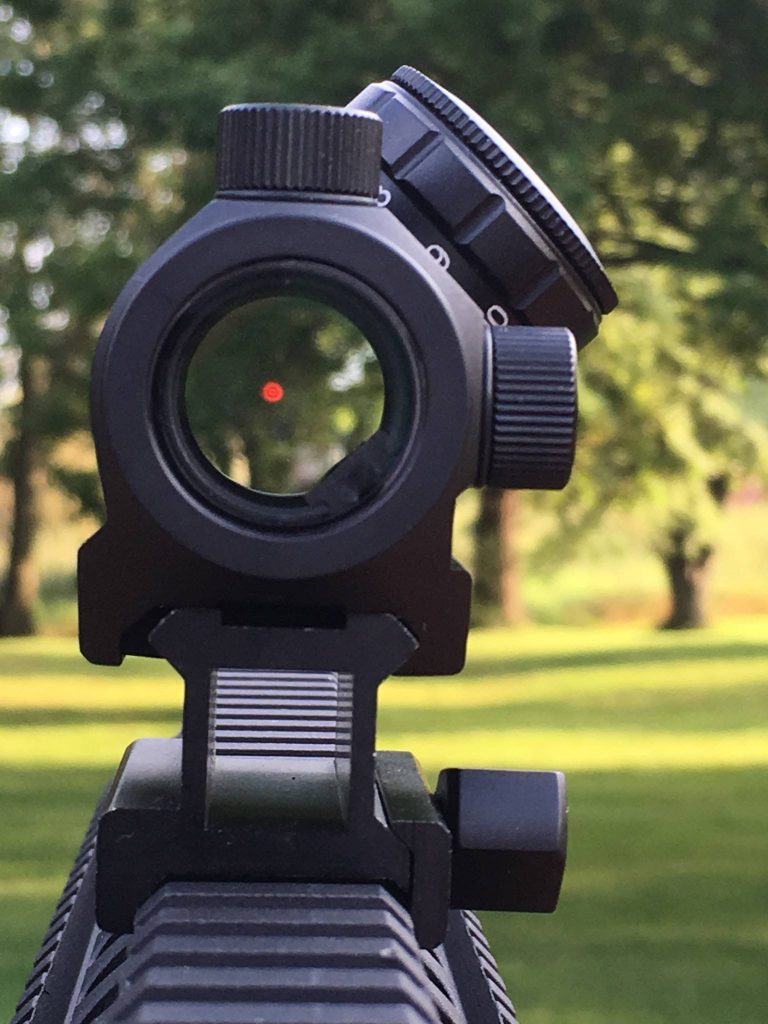

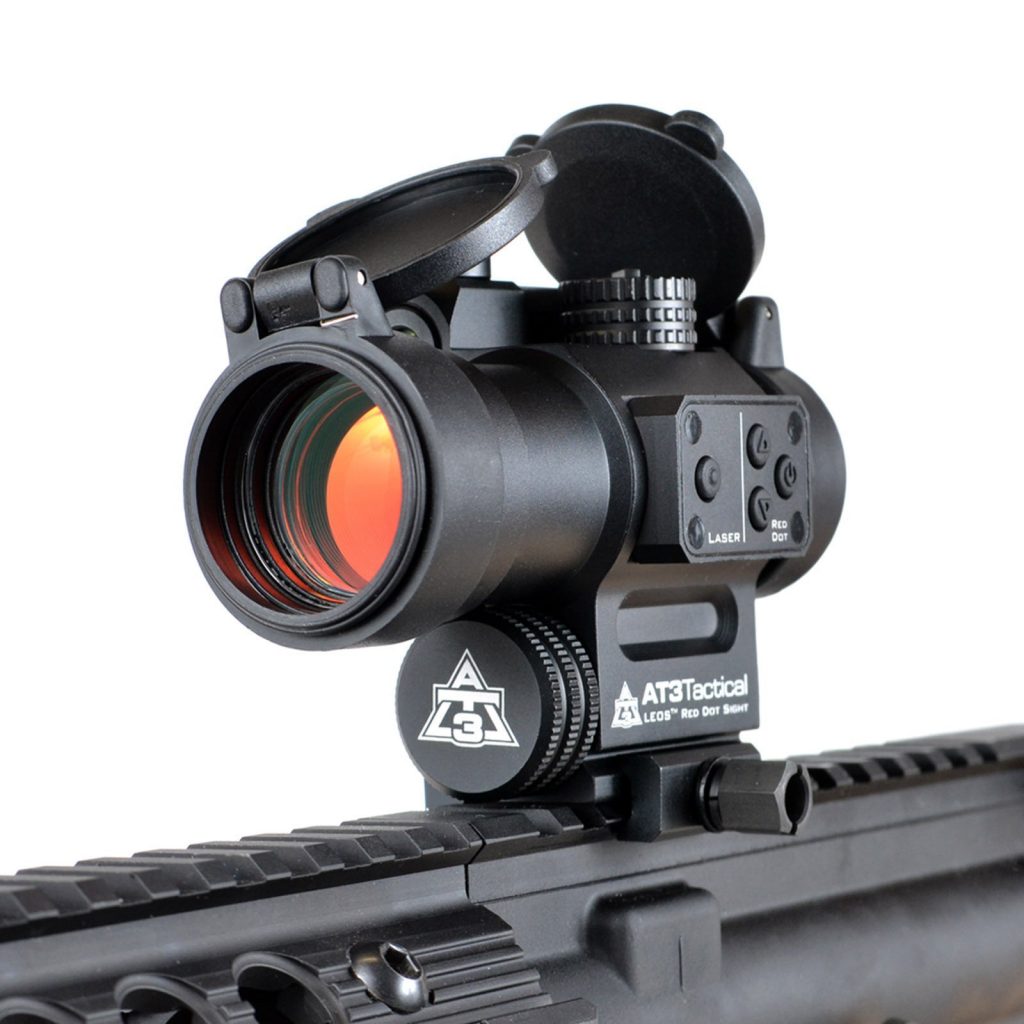
Red dot optics have only a few advantages over magnified optics. Chiefly, their simplicity and ruggedness. Red dot optics are simple to choose, simple to operate, and very easy to shoot with. Very often, children learn to shoot with red dot optics because they are the easiest sighting system for people to learn to shoot firearms with.
When you mount a red dot on a rifle you are grossly simplifying the aiming process. Wherever the red dot is pointing when the trigger breaks, the bullet is going to hit. This is why they are so popular among competition shooters and militaries. They absolutely dominate shooting at moving targets and shooting in low light.
Under stressful situations, red dot optics are the king of marksmanship. Their main downside, however, is their lack of magnification. Once you add magnification to red dot optic you lose its point and shoot capability. Scopes must be properly aligned with your eye to work, just like iron sights.
That loss in magnification can lead to a loss in field precision because of nerves, weather conditions, or just poor marksmanship. If you have a new hunter or looking for an optic that is conducive for fast shooting at moderate distances nothing beats a red dot.
Ranges & Terrain
AR 15’s are particularly well-suited to situations where you will be hunting in heavy brush, or shooting at multiple targets. Hog hunting is a perfect example. Hog hunting typically takes place in swampy, thick brush areas where large rifles with large magnified optics can be as severe hindrance.



A slim and trim an AR 15 with a red dot is perfectly suited to taking out multiple hogs that are tearing up a food plot or decimating a garden. Same goes for groundhogs, multiple targets in a confined area. However, if you are going to be hunting groundhogs you’ll most likely be further away than if you are hunting hogs, most varmint hunters using AR 15s want a magnified optic.
Deer hunting with AR 15 is a touchy subject at best, and many hunters will find themselves in a wide variety of scenarios while hunting. While 99% of deer are taken within 300 yards, a range where red dot would be fine, many hunters would prefer a magnified optic if they were hunting a tree stand over been field. Most often it comes down to the terrain and ranges you will be hunting.
Game Animals
Along with the ranges and terrain that you are going to be hunting in, the game animal that you are hunting for is going to affect the type of optic you use on your AR 15 for hunting. Hog hunting, which typically takes place at ranges well within 100 yards, is not somewhere where you would need high magnification. Both because of the ranges, and the game you’re hunting.
However, hunting groundhogs typically happens within 200 yards, well within the distance you could use a red dot, but the game that you are hunting is much smaller. AR 15’s are particularly well-suited for hunting groundhogs and ground squirrels but need a magnified optic to really take advantage of their strengths because the game animal is tiny.
Take into account not only the ranges and drainage will be hunting in but also the size of the game and the precision needed. The further out you plan to hunt, the more precision you need for an ethical kill and the greater chance you’ll need magnification.
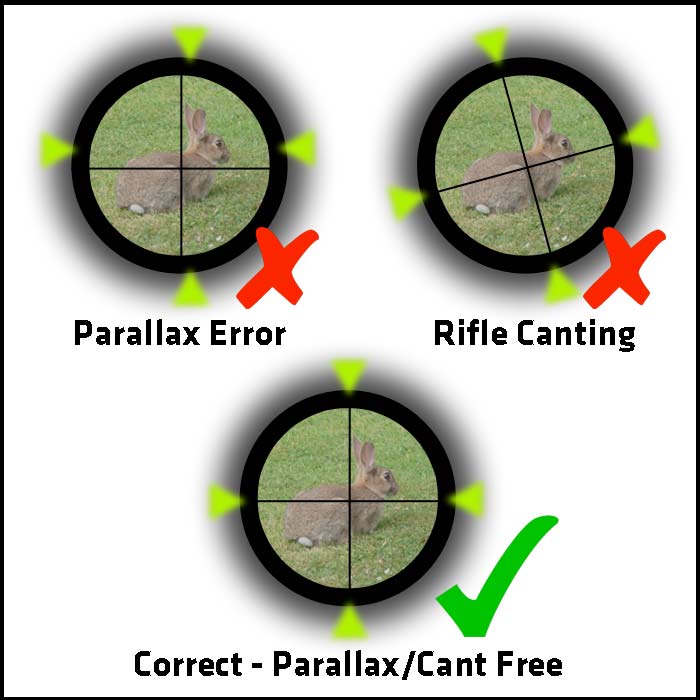
The Verdict
At the end of the day, the best optic for an AR 15 is the one that you choose to hunt with. The AR 15 makes a fine sporting rifle provided you chosen the correct caliber for the game that you are hunting. Having an optic on your upper receiver makes shooting easier and your rifle more effective regardless of the type you choose.
Whichever one you choose to hunt with, red dots or magnified scopes, remember to know it like the back of your hand well in advance of opening day. You don’t want to be known as the guy who missed his deer because he had to change his scope the night before the big hunt.
Follow The Prepper Journal on Facebook!
The post How to Choose the Best AR 15 Optics for Hunting appeared first on The Prepper Journal.
from The Prepper Journal
Don't forget to visit the store and pick up some gear at The COR Outfitters. How prepared are you for emergencies?
#SurvivalFirestarter #SurvivalBugOutBackpack #PrepperSurvivalPack #SHTFGear #SHTFBag

